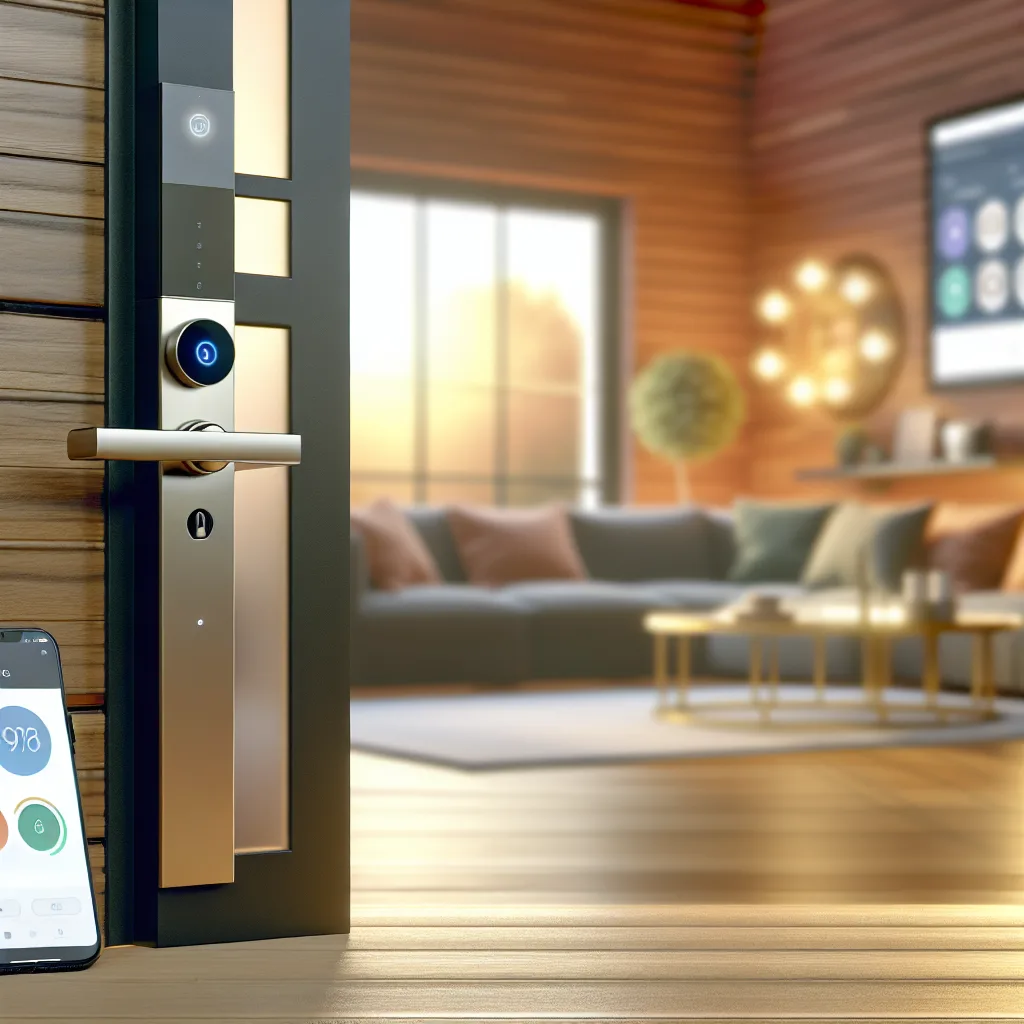A friendly, practical look at choosing a multipoint lock that talks to iPhones and Home Assistant
As of today, October 14, 2025, I’ve been thinking about smart lock compatibility and what it really means when you want a lock that talks to Apple devices and your Home Assistant setup. If you’re upgrading a front door and want something that plays nicely with iPhones and automations, you’re not alone. The goal here is to help you cut through the noise and find a solid option that fits your door and your tech without the hype.
What affects smart lock compatibility
Smart lock compatibility isn’t just about Bluetooth. It’s about how well a lock speaks the same language as your ecosystem. Here are a few real-world factors to keep in mind:
- Hardware interface: Locks can use Bluetooth Low Energy (BLE), Z-Wave, Zigbee, or Thread. The more common your home hub and devices are, the smoother the integration.
- Platform support: Apple’s ecosystem uses HomeKit (often via Bluetooth or Thread) while Home Assistant supports a wide range of integrations, including HomeKit, Z-Wave, Zigbee, and more. This matters because you want a lock that can be controlled from your phone and automations without three different apps.
- Firmware and vendor policies: Some manufacturers publish regular updates and clear compatibility notes. Others don’t, which can leave you with partial features or sudden drops in support.
For a sense of official direction, you can check Apple’s overview of HomeKit and how it works with accessories here: Apple HomeKit Overview. For how Home Assistant can connect to smart locks, see the Home Assistant lock integration documentation.
Choosing a lock that fits Apple and Home Assistant
If you’re aiming for smooth Apple and Home Assistant support, you’ll want to look for a few indicators:
- Clear compatibility notes: The product page should state whether it works with HomeKit, HomeKit Secure Video, or Home Assistant integrations.
- A believable support path: Look for manufacturer resources or community discussions that show how to set up automations and control the lock through your hub.
- Hardware that matches your door: A multipoint lock is great for security, but you’ll want to confirm a mounting pattern that actually fits your door and won’t interfere with the existing thumb screw design.
A well-known example area for these products is from ASSA ABLOY. If you want to see what the maker says about their smart locking solutions, you can start here: Assa Abloy official site. For broader context on how Apple’s ecosystem handles smart accessories, review the Apple HomeKit page: Apple HomeKit and the Home Assistant integration hub: Home Assistant Lock.
Practical steps to verify before you buy
Before you pull the trigger on a multipoint smart lock, here’s a simple checklist you can use:
- Confirm ecosystem alignment: If you rely on Apple devices, make sure the lock supports HomeKit or has a documented path to HomeKit via the manufacturer or a trusted bridge. If you want Home Assistant control, verify that an official integration exists or that the lock can be controlled with a compatible bridge.
- Look for real-world setup cases: Search for user stories or guides showing a lock configured with HomeKit or Home Assistant. Practical, not hype, guidance will save you headaches later.
- Check physical fit: Multipoint locks can be bulkier than traditional deadbolts. Measure your door and confirm that a thumbscrew or mounting approach won’t conflict with the hardware.
- Consider security and updates: A lock is only as good as its ongoing firmware updates. Favor brands with transparent update policies and security fixes.
If you want a quick read on how these ecosystems interoperate, here are a couple of solid references: Assa Abloy and the Home Assistant lock integration. For a broader view on securing smart homes, you may also enjoy Apple’s HomeKit guide: Apple HomeKit.
A practical path forward
- Start with a clear requirement list: Do you need iPhone unlocking, a dedicated automation scene, or remote access when you’re away? Write down what you actually want to do, not what you think you should want.
- Pick a lock with documented compatibility: Look for explicit mentions of HomeKit or Home Assistant compatibility and a straightforward setup path.
- Plan for power and connectivity: Most smart locks rely on batteries. Some offer mechanical overrides. Make sure you’re comfortable with the maintenance cycle and any operational trade-offs in a power outage.
In short, smart lock compatibility comes down to finding the right lock that plays nicely with both your iPhone world and your automation hub. It’s not about chasing every feature, but about choosing a reliable option that you can actually use daily.
Where to learn more
- Assa Abloy: https://www.assaabloy.com
- Apple HomeKit: https://www.apple.com/ios/home/
- Home Assistant Lock integration: https://www.home-assistant.io/integrations/lock/
If you’d like a straightforward reading list or want to talk through your door setup, drop a comment below. I’m happy to help you map out a plan that matches your home and your tech.
